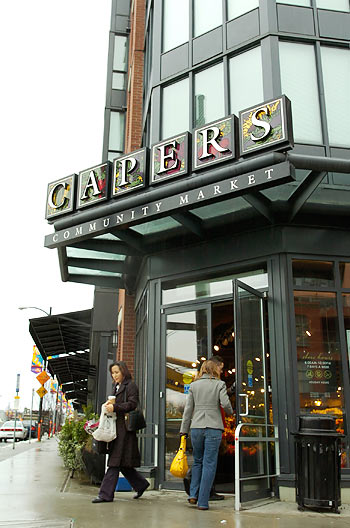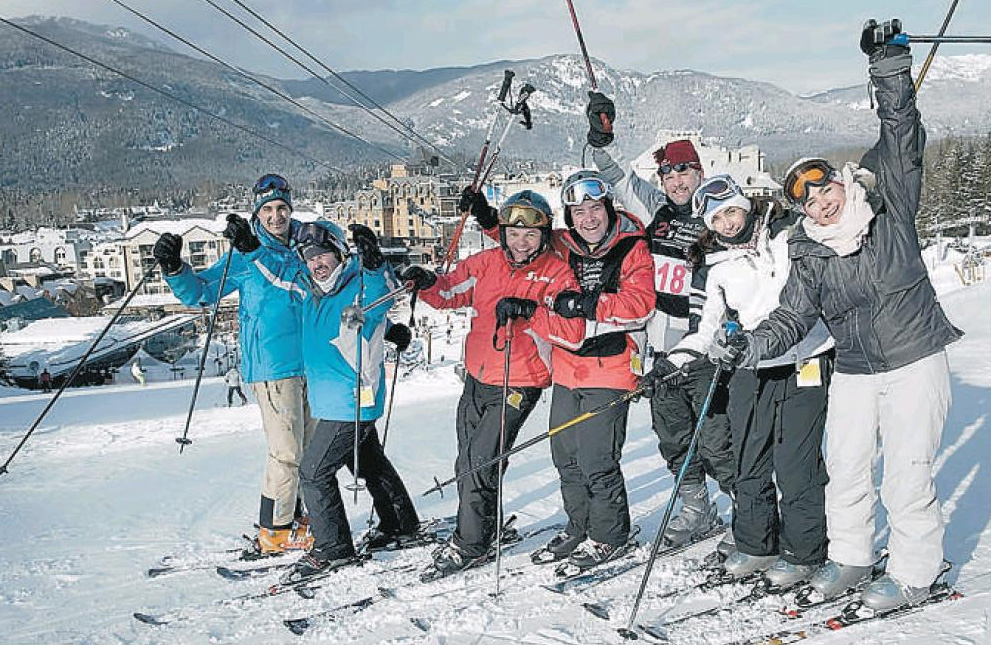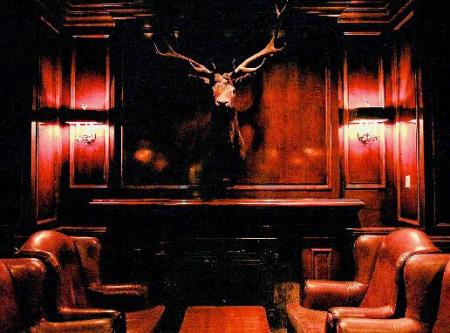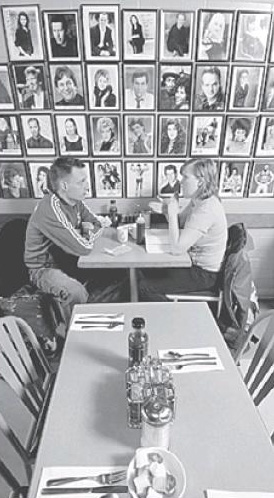Other

Kelowna, BC (February 5, 2008) – Housing sales and average price weren’t the only records being shattered across Canada in 2007. RE/MAX agents also set a new benchmark in charitable giving, raising over $4 million for the Children’s Miracle Network.
The 2007 donation surpassed the agents’ 2006 contributions by more than 14 per cent. Since 1992, RE/MAX sales associates nationwide have contributed close to $30 million to the cause. The 2007 break-down of contributions saw over $654,000 donated to the BC Children’s Hospital Foundation in Vancouver, over $322,000 raised for the Alberta Children’s Hospital Foundation in Calgary, over $327,000 contributed to the Stollery Children’s Hospital Foundation in Edmonton, over $65,000 towards the Children’s Health and Hospital Foundation of Saskatchewan in Saskatoon and over $150,000 given to the Children’s Hospital Foundation of Manitoba in Winnipeg.
“What many don’t realize is that the corporate and private sectors play a vital role in making miracles possible,” says Marie Sheppy, Senior Coordinator, Corporate Affairs, RE/MAX of Western Canada. “With public coffers stretched to the limit, it’s a fact that organizations like RE/MAX fund a significant portion of the required cost to treat sick and injured children in pediatric facilities across Canada. We work so hard because we know our donations mean more than dollars and cents—it’s an opportunity for healthy, happy childhoods and hope for promising futures. There really is nothing more rewarding than watching kids just be kids.”
RE/MAX realtors generate donations through the RE/MAX Miracle Home Program®, whereby a portion of their commission earned on the purchase or sale of each home is given to Children’s Miracle Network affiliated hospitals. Children’s Miracle Network supports 14 children’s hospitals and foundations across Canada. Donations are often maximized through additional fundraising events including golf tournaments, gala evenings with silent auctions, casual Fridays and much more. Funds raised in each community stay in that community to be invested in the local Children’s Miracle Network hospital.
“It’s amazing what can be accomplished when people work toward a meaningful cause,” says Christine Martysiewicz, Director of Internal and Public Relations, RE/MAX Ontario-Atlantic Canada. “The synergy, commitment and enthusiasm of the RE/MAX network are truly phenomenal. However, what’s more amazing is that the charitable efforts undertaken by our realtors are 100 per cent voluntary. Supporting Children’s Miracle Network is a chance to make a real difference in the lives of local children and families in their own communities. That type of involvement is something that’s been woven into the fabric of the RE/MAX organization since its inception. The way we see it, we don’t just serve and work in these communities, we truly are a part of them, and we care—it’s that simple.”
In Canada, the funds raised on behalf of Children’s Miracle Network help support outreach programs and fund advancements in critical research, as well as upgrades to medical facilities and equipment.
“The outstanding generosity of RE/MAX Associates has helped more than 2.5 million Canadian children in 2007 alone – that’s 1 in 4 kids nationally,” says John Hartman, Chief Operating Officer – Canada, Children’s Miracle Network. “RE/MAX has made Children’s Miracle Network hospitals a vital part of what they do and continue to put giving back at the top of their agenda. Since 1992, RE/MAX has been a strong supporter of Children’s Miracle Network. Their dedication, passion and enthusiasm for the kids and families in their communities across Canada is outstanding. They continue to give and give more. We are very proud to be affiliated with RE/MAX. The progress being made thanks to contributions, like that from RE/MAX, has been nothing short of astonishing. While care and outcomes have improved significantly, it also remains a reality that the need has never been greater.”
In Canada, the children’s hospitals/foundations receiving funding from Children’s Miracle Network are: BC Children’s Hospital Foundation in Vancouver, Alberta Children’s Hospital Foundation in Calgary, Stollery Children’s Hospital Foundation in Edmonton, Children’s Health and Hospital Foundation of Saskatchewan in Saskatoon, The Children’s Hospital Foundation of Manitoba in Winnipeg, SickKids Foundation in Toronto, Children’s Health Foundation in London, McMaster Children’s Hospital in Hamilton, Children’s Hospital of Eastern Ontario Foundation in Ottawa, Operation Enfant Soleil (St. Justine’s Children’s Hospital, Montreal Children’s Hospital, Centre hospitalier universitaire de Québec (CHUQ) , IWK Health Centre in Halifax, and Janeway Children’s Hospital Foundation in St. John’s. For more information, visit: www.childrensmiraclenetwork.ca.
RE/MAX is Canada’s leading real estate organization with over 17,600 sales associates in more than 650 independently-owned and operated offices. The RE/MAX franchise network is a global real estate system
operating in over 65 countries. More than 7,000 independently-owned offices engage nearly 115,000 member sales associates who lead the industry in professional designations, experience and production while providing real estate services in residential, commercial, referral and asset management. For more information, visit: www.remax.ca.

















